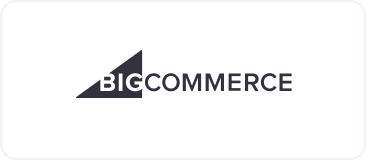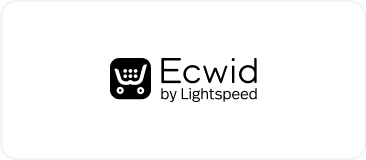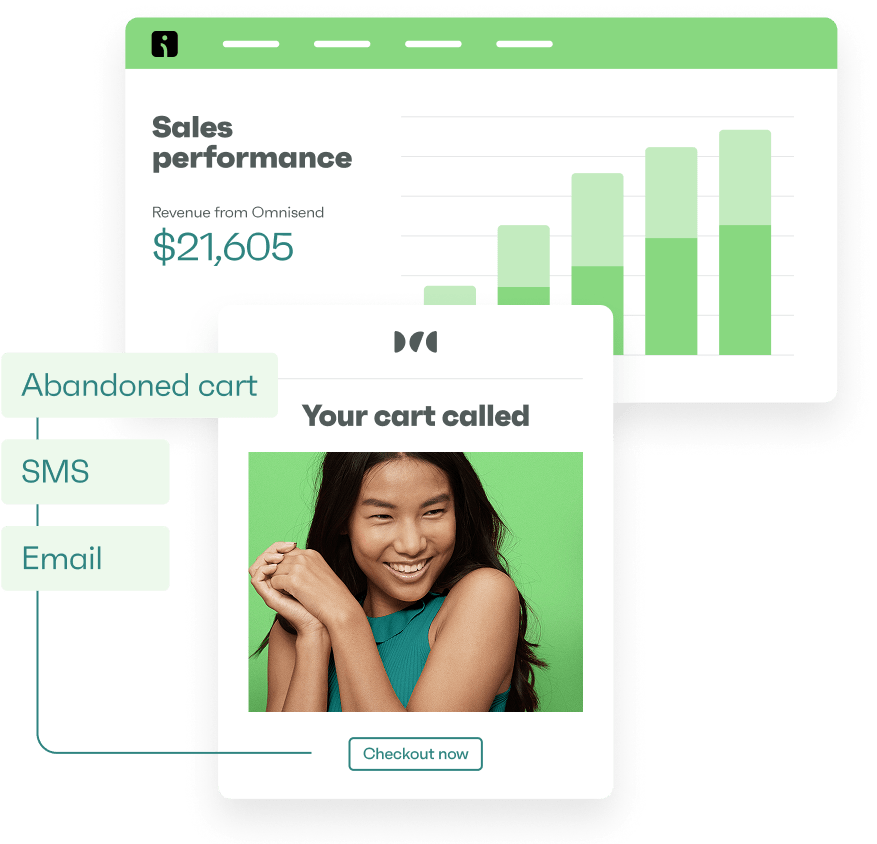Drive sales on autopilot with ecommerce-focused features
See FeaturesGetting people to give you their email can feel awkward, but if you know how to collect emails the right way, those signups can turn into loyal customers (and real profits).
A simple rule is to make it rewarding, effortless, and quick. The easier you make it for people to sign up, and the more value you provide, the more likely they are to join your email list.
In this post, we cover eight practical methods — signup forms, popups, giveaways, gamified forms, checkout opt-ins, lead magnets, loyalty, and early access. You’ll also find some tips, examples, and more.
We’ll also share compliance best practices so you can collect emails the right way. Read on and you’ll walk away with a simple action plan to get more subscribers and better results without ads or complicated tech.
8 best ways to collect emails
If you want more people on your email list, you’ll need to give them good reasons to sign up. From forms that actually work to creative incentives, there are plenty of ways to do it.
Here are eight ways to get emails for email marketing. Click on each one for more details:
- Use high-converting signup forms
- Offer exit-intent popups
- Run giveaways or contests
- Try gamified forms
- Capture emails at checkout
- Create lead magnets
- Use loyalty programs
- Offer early access to sales/new drops
1. Use high-converting signup forms
The best signup forms ask for the minimum and promise clear value. When you match the form type to the page, conversions spike.
Here’s where each type works best:
- Embedded: Content pages and product detail pages where people are already engaged. Use these for educational content or product updates.
- Popup: Time-limited discounts or newsletter signups on high-traffic pages. Trigger them after a few seconds or on exit intent.
- Slide-in: Long-form content and mobile users. It catches attention without blocking the page.
Keep fields short, use direct CTAs, and A/B test offers to get maximum results and collect more emails. Here’s an example of a simple, one-field signup form to collect emails:
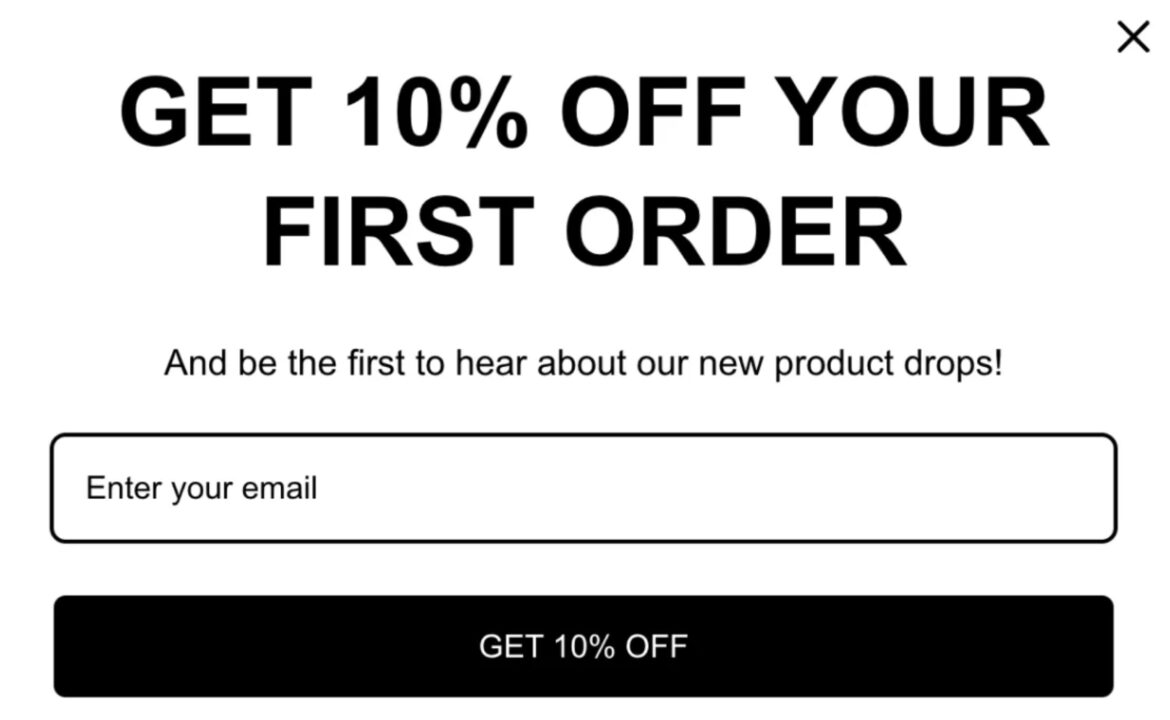
2. Offer exit-intent popups
Exit-intent popups catch people right before they leave, so you get one last chance to connect. These are triggered based on a site visitor’s click or scroll activity, specifically when they intend to leave your site.
Popular incentives that work well for exit-intent popups are:
- Discounts (e.g., 10–20% off first order)
- Free shipping
- Useful downloadable content, such as a guide or checklist
Of course, if your goal is to collect emails, ask for their email address in exchange for these incentives.
Also, personalize the offer whenever possible (cart-based offers convert better) and limit the frequency of the popup to prevent annoyance among repeat visitors. Test the timing and copy to determine what yields the best results for your audience.
Here’s an example of an exit intent popup:
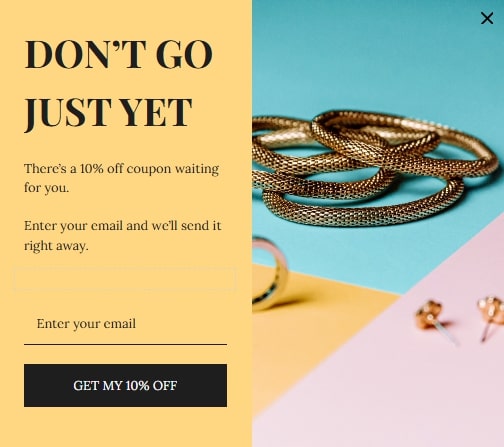
3. Run giveaways or contests
If you’re learning how to collect emails, giveaways and contests should be on your list.
They create urgency and pull in quick signups because people want a shot at something valuable — and they’ll sign up quickly when the entry is easy.
Use a clear requirement (email entry only) so every entrant becomes a subscriber, and promote the giveaway on social media to expand reach and increase entries.
You can also send a giveaway email to your existing subscribers to let them know about the promotion and invite their friends.
CA Design, for example, ran influencer-led giveaways and sent people straight to Omnisend-powered forms, so signups flowed into one place where the team could follow up. It used Omnisend’s signup forms to capture every entry, then managed those contacts directly within the platform.
The results were clear and fast: list growth of roughly 10–15% after testing giveaways, and individual campaigns that pulled in as many as 2,000+ leads.
These types of campaigns can bring in leads that you can nurture into customers.
4. Try gamified forms
Gamified forms make signing up feel like play, so people are more willing to share their email. Add a fun element (a wheel, a quiz, or a scratch card) and people stick around long enough to enter their email to see what they win.
Want to learn how to collect emails using gamified forms and get the best results?
Follow these tips:
- Ask only for an email to enter to make the process simpler
- Show the prize or benefit up front to get more entries
- Make the game mobile-friendly to collect emails from mobile users
- Tie each win to a clear next step (discount code, content download, or entry into a loyalty program) so you can move new subscribers into targeted flows
Omnisend’s Wheel of Fortune popup feature is perfect for this. You can set up a branded spin wheel, collect emails on the spot, and deliver the prize instantly. That means more entries, fewer abandoned attempts, and a smooth path to follow-up emails and automations.
Here’s what it looks like:
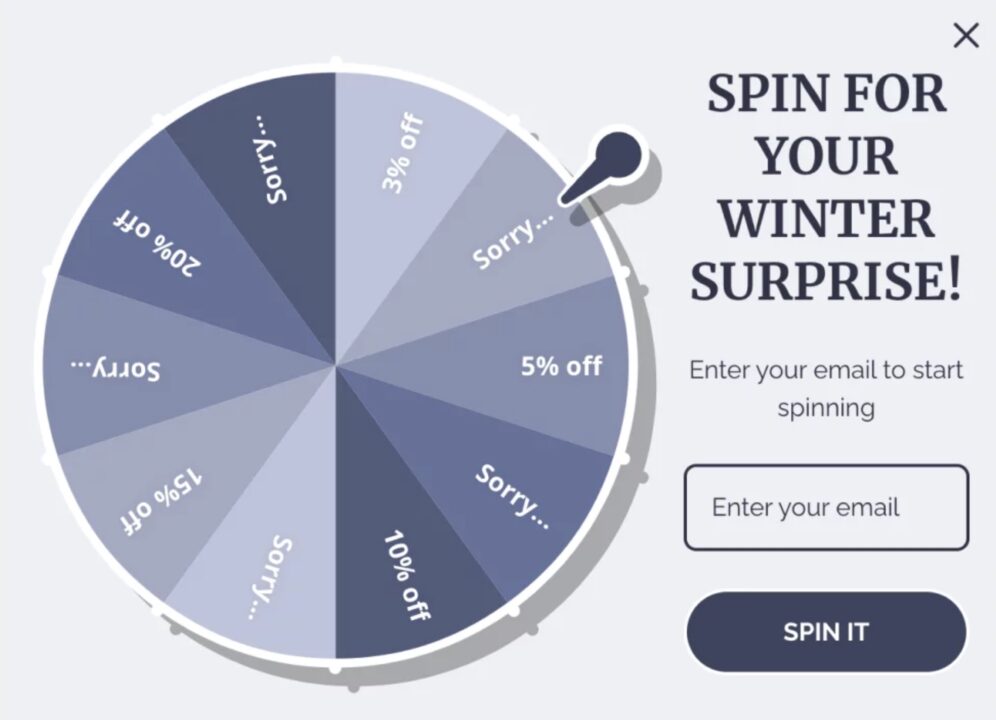
5. Capture emails at checkout
Use a single opt-in checkbox within your ecommerce checkout workflow and keep it simple. Customers expect clarity at this stage, so make the choice obvious and easy.
Follow these best practices, along with using good email capture software:
- Use plain label copy: “Yes, I want emails about new products, deals, and exclusive offers”
- Link to your privacy policy and state frequency: “ one to two emails/week”
- Don’t pre-check the box in regions that require explicit consent
- Test placement (contact vs. payment step) and mobile layout, as small changes can raise opt-in rates
Be transparent about what people will get and how often you’ll email. After they opt in, send a welcome email that thanks them and explains what to expect — that first message is your chance to set the tone and reduce unsubscribes.
6. Create lead magnets
Lead magnets are useful freebies you give to people in exchange for their email. Think of practical, bite-sized resources that solve a real problem for your audience.
Some examples of lead magnets you can use to capture emails include:
- Quizzes that deliver personalized results
- Calculators (savings, ROI, size guides)
- Interactive templates or design mockups
- Printable planners or trackers
- Spin-to-win discounts or scratch card offers
- Case studies or success stories in PDF format
- Exclusive videos or tutorials
Here’s an example of an ebook being used as a lead magnet to collect emails:
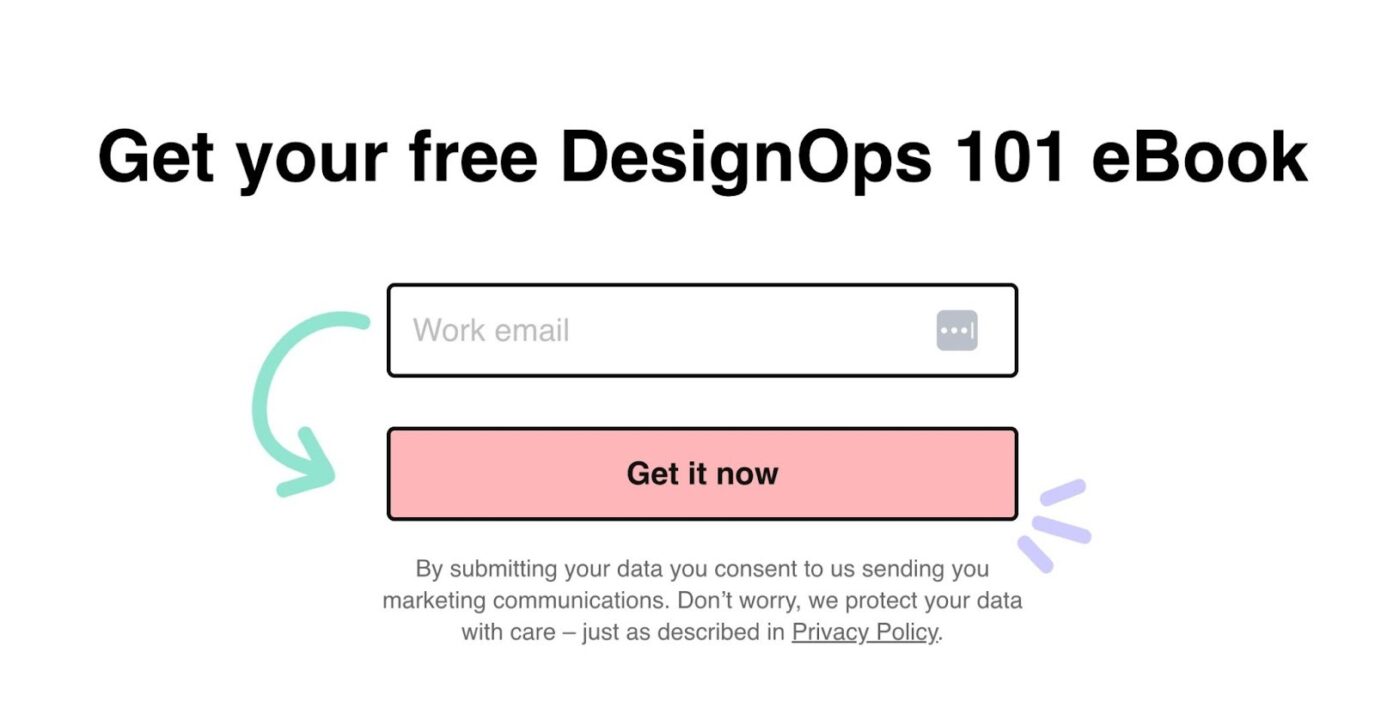
Don’t overcomplicate your lead magnets. Focus on what the customer wants at that moment, give them a resource that solves one clear problem, and send it immediately after signup.
Then, follow up with a welcome flow that keeps them engaged and run small tests to see which formats bring in the most buyers.
7. Use loyalty programs
Offering points or rewards for signing up gives people a clear, immediate reason to share their email.
Make the signup benefit obvious — for example: “Earn 100 points just for joining our rewards program.” That simple reward turns casual visitors into subscribers and starts them on your loyalty loop.
Enflow Digital, for example, used Omnisend to add loyalty reminders into automated flows and grow its client’s list with popups, and it paid off in clear numbers:
- Automations (welcome, cart/browse abandonment, post-purchase, and loyalty nudges) brought in about $61K/month
- Popups converted 3-4% and added 15K+ subscribers each month
- The account gained 56K+ new contacts overall, and monthly revenue rose from $150K to $250K
If you’re still learning how to collect emails via loyalty programs, follow these best practices:
- Put the email field front and center when customers join the program, and keep it one-click only
- Make joining worth it: offer reward points, a welcome deal, or early access to sales
- Connect your loyalty app to Omnisend so every new member lands in your email list automatically
- Use personalized reminders (show points balance and how close they are to a reward)
- Test timing — a reminder 30–60 days after last purchase often works well
8. Offer early access to sales/new drops
Still learning how to obtain email addresses for marketing? Try offering early access to events.
Exclusive early access makes people feel like insiders, and that feeling turns curious visitors into subscribers. When you promise first dibs on sales or new drops, signing up becomes a shortcut to belonging, and people sign up quickly to avoid missing out.
Fashion brands do this all the time: offer VIP subscribers 24-hour early access to a product drop or sale, and you get a crowd that’s excited to buy. The key is making the perk feel real and limited — a short window, a small batch, or an invite-only vibe.
Here are some quick tips to collect emails using this tactic:
- Gate early access with an email-only signup and a clear countdown
- Promote the perk across your homepage, checkout, and social channels
- Segment VIP signups so you can send targeted reminders and urgency nudges
Do this right, and your early-access list becomes your highest-converting launch audience
Here’s an example of an early access popup you can use to collect emails this way:
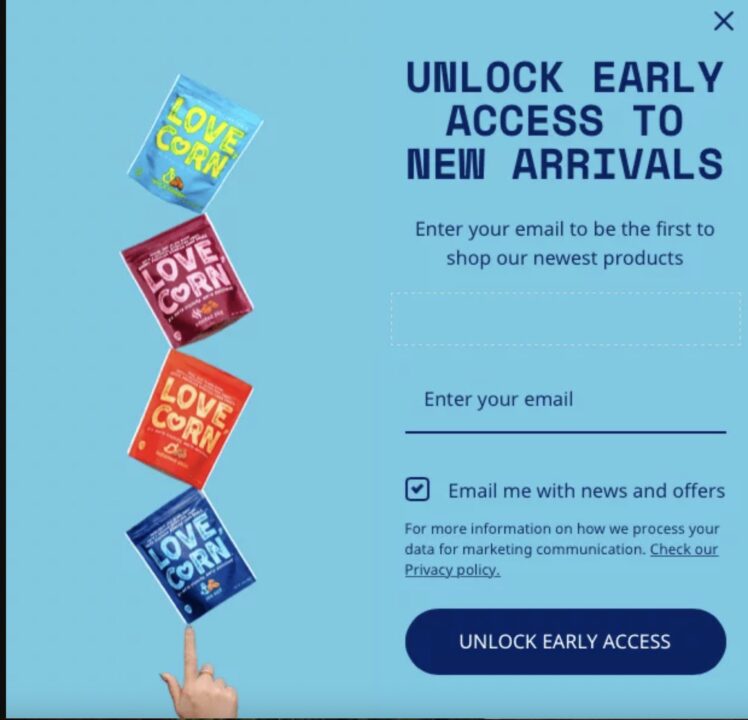
Best practices for collecting emails
One of the most important tips you’ll hear when learning how to collect emails from a landing page is to keep the signup form short and transparent. This makes people feel comfortable sharing their email.
Here are some more best practices you should follow if you’re still learning how to capture email addresses from website visitors:
- Keep signups fully permission-based: Ask users to opt-in with plain copy and a privacy-policy link. Don’t rely on pre-checked boxes, as they can cause legal and deliverability issues. Also, make sure unsubscribing is simple — one click, no hoops.
- Minimize fields (email + first name): Make joining a one-step choice. A single email field — and an optional first name — reduces drop-off. Later, use short micro-surveys, profile pages, or checkout asks to collect more details when people already trust you.
- Double opt-in = cleaner list: Use double opt-in to confirm addresses and cut out typos or fake signups. You’ll lose some confirmations, but you’ll get a more engaged list and fewer deliverability problems. Send one friendly reminder if they don’t confirm, then remove unconfirmed addresses.
- Segment subscribers right away: Tag signups by source (popup, checkout, giveaway) or interest (product category, VIP). Then send a tailored welcome flow that matches that tag.
- Test placement, timing, and offers: Experiment with where and when your forms appear. Try a slide-in instead of a popup, or delay the trigger a few seconds. A/B test your incentives too. Then measure results — signups, unsubscribes, and revenue — to learn what your audience prefers.
Collect emails today, grow sales tomorrow
Make collecting emails a natural part of the shopping or website browsing experience.
Offer clear, immediate value and respect privacy. Use popups, gamified forms, and checkout opt-ins that ask only for what you need, then segment new subscribers so your welcome messages land. Keep testing until you find the offers and timing that work.
Omnisend supports every step: form building, gamified popups, list syncing, and automated flows for welcome, cart recovery, and loyalty. Sign up for Omnisend‘s free plan today to start building a better list and reaching customers faster.
FAQs
1. What’s the best way to collect emails for free?
Use a focused lead magnet and a simple signup form on your email capture page. Put embedded forms on product and blog pages, add a popup for homepage visitors, and a checkout opt-in. Promote the free resource on social media and deliver it instantly to provide immediate value.
2. Can I buy an email list instead?
Buying an email list usually backfires. Bought lists rarely have proper consent, which leads to spam complaints, poor deliverability, and hurt sender reputation. You’ll get low engagement and higher unsubscribe rates. It’s better to collect emails on the website via forms with proper consent.
3. How do I legally collect emails for marketing?
Limit what you collect to essentials, explain the purpose at signup, and deliver the promised content. Secure stored emails, keep consent records, and run a double opt-in where possible.
Always give an easy one-click unsubscribe option and respect requests to delete or update data quickly.
4. What’s the fastest way to build an email list?
Run a high-value lead magnet and use targeted popups and checkout opt-ins. Offer an immediate reward (discount or free resource) and gate it with a simple email collection form. That combo usually brings fast, organic signups without paid ads.
TABLE OF CONTENTS
TABLE OF CONTENTS


No fluff, no spam, no corporate filler. Just a friendly letter, twice a month.
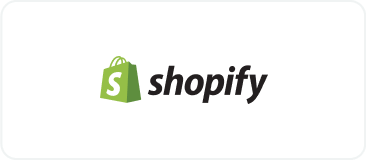
 OFFER
OFFER


